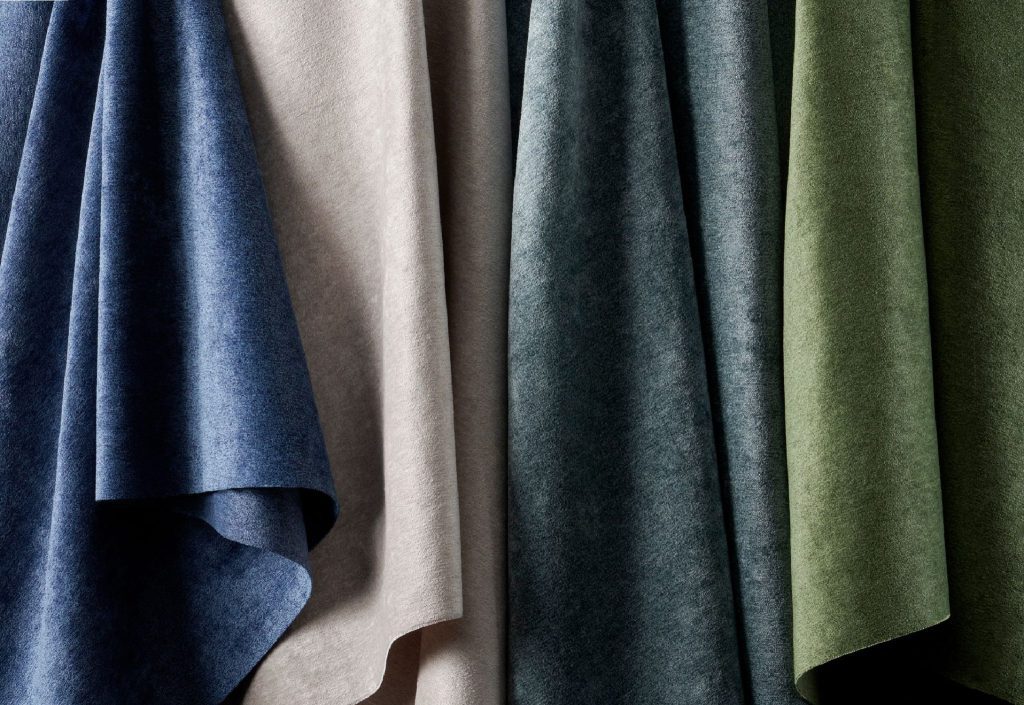Certification and Testing
The Importance of Certification and Testing of Commercial Performance Fabric and Wall Covering
In the dynamic world of commercial interior design, performance fabrics and wall coverings play a pivotal role. These materials must not only meet aesthetic standards but also adhere to rigorous performance criteria to ensure durability, safety, and sustainability. Certification and testing are critical processes that guarantee these standards are met, providing peace of mind to designers, architects, and facility managers.
Ensuring Durability and Performance
Commercial spaces, from hotels and hospitals to offices and schools, demand materials that withstand heavy use. Performance fabrics and wall coverings in these settings must endure frequent cleaning, high traffic, and potential exposure to various elements. Testing for durability involves assessing abrasion resistance (through Wyzenbeek and Martindale), tensile strength, and pilling. This ensures that the products meet minimum durability standards, confirming their suitability for commercial use.
Guaranteeing Safety and Compliance
Safety is paramount in public spaces, where materials must meet stringent fire and health standards. Fire retardancy is a key focus, with materials needing to pass tests for commercial applications. These certifications ensure that in the event of a fire, the materials will not contribute significantly to the spread of flames, providing crucial time for evacuation and potentially saving lives.
Moreover, certifications such as GREENGUARD and OEKO-TEX Standard 100 ensure that fabrics and wall coverings are free from harmful chemicals and emit low levels of volatile organic compounds (VOCs). This is particularly important in settings like healthcare facilities and schools, where indoor air quality directly impacts the health and well-being of occupants.
Promoting Sustainability
Sustainability is increasingly a priority in commercial design. Certified performance fabrics and wall coverings often meet environmental standards, reducing the ecological footprint of a project. Certifications like Cradle to Cradle, Global Recycled Standard (GRS), and the Forest Stewardship Council (FSC) for wall coverings made from wood products, ensure that materials are sourced responsibly and are recyclable or biodegradable at the end of their life cycle.
Testing for sustainability also includes evaluating the environmental impact of the manufacturing process. This involves examining energy consumption, water usage, and waste generation, ensuring that the production of these materials aligns with broader environmental goals.
Enhancing Aesthetic and Functional Versatility
Certifications also help verify that performance fabrics and wall coverings maintain their appearance and functionality over time. Colourfastness to light and laundering, stain resistance, and antimicrobial properties are crucial for materials used in high-visibility and high-contact areas. These properties are often validated through rigorous testing, ensuring that the materials remain visually appealing and hygienic, contributing to the overall experience of the space.
Building Trust and Credibility
For designers and architects, specifying certified materials builds trust with clients and stakeholders. It demonstrates a commitment to quality, safety, and sustainability, reinforcing professional credibility. Certification labels act as a guarantee that the products have been independently tested and meet high standards, reducing the risk of failures and the associated costs of replacements or repairs.
In summary, the certification and testing of commercial performance fabrics and wall coverings are indispensable for ensuring durability, safety, sustainability, and aesthetic quality. These processes protect the interests of all stakeholders involved, from manufacturers to end-users, by guaranteeing that materials meet or exceed the required standards. As the demands on commercial spaces continue to evolve, the role of certification and testing becomes even more crucial, fostering innovation and trust in the built environment.


